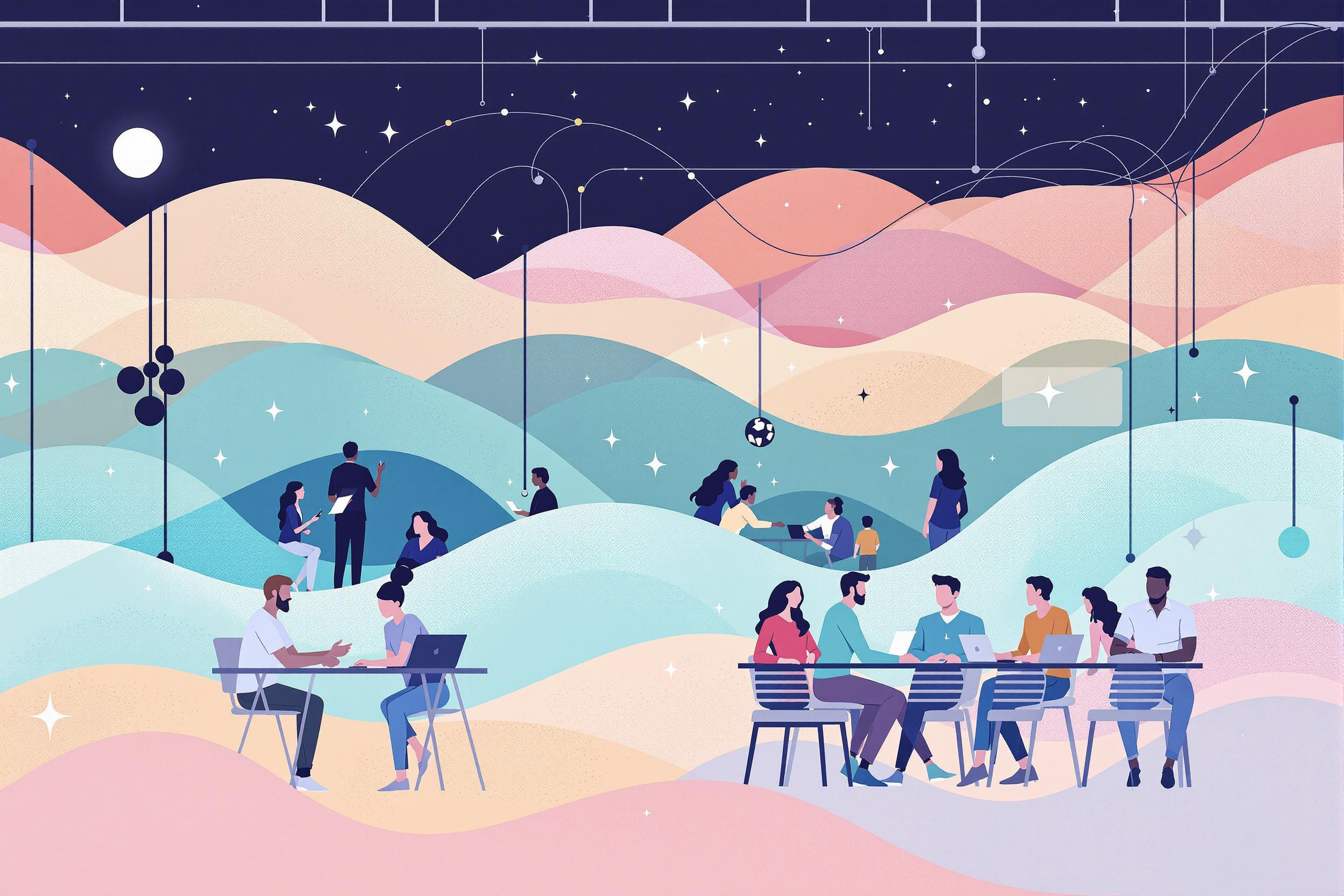
Mood Board
A Mood Board is a collection of images, colors, textures, and other visual elements that artists and designers put together to capture the feeling and style of a project before starting the actual work. For book illustrations, it's like creating a visual plan that shows publishers and art directors what the final illustrations might look like. Think of it as a visual brainstorming tool that helps everyone involved understand the artistic direction. Some people also call it an inspiration board or style board. It's commonly used in the early stages of book projects to make sure the illustrator and the publisher are on the same page about the book's visual style.
Examples in Resumes
Created Mood Board presentations that successfully pitched illustration concepts to major publishing houses
Developed Mood Boards and Style Boards for children's book series, leading to project approval
Used Mood Board techniques to align artistic vision with author's story concepts
Typical job title: "Book Illustrators"
Also try searching for:
Where to Find Book Illustrators
Online Communities
Professional Networks
Job Boards
Example Interview Questions
Senior Level Questions
Q: How do you handle disagreements between your mood board vision and a client's expectations?
Expected Answer: A senior illustrator should explain their process of client communication, showing examples of how they bridge creative differences while maintaining artistic integrity and meeting publisher needs. They should mention their experience in presenting multiple mood board options and incorporating feedback constructively.
Q: Can you describe how you've used mood boards to guide junior illustrators on a project?
Expected Answer: Should demonstrate leadership experience by explaining how they use mood boards as teaching tools, showing their process of mentoring others in developing visual concepts and maintaining consistency across a project.
Mid Level Questions
Q: How do you ensure your mood board aligns with both the author's vision and market trends?
Expected Answer: Should explain their research process, how they balance creative vision with commercial appeal, and demonstrate knowledge of current children's book market trends.
Q: What elements do you consider essential when creating a mood board for a children's book?
Expected Answer: Should discuss color schemes, character style, environmental elements, and how these components work together to tell a cohesive visual story appropriate for the target age group.
Junior Level Questions
Q: What tools and resources do you use to create mood boards?
Expected Answer: Should be able to discuss both digital and physical mood board creation methods, mention common tools like Pinterest, Photoshop, or traditional collage techniques.
Q: How do you organize elements in a mood board to effectively communicate your vision?
Expected Answer: Should explain basic principles of visual hierarchy, color coordination, and how to arrange elements to tell a clear story about the intended illustration style.
Experience Level Indicators
Junior (0-2 years)
- Basic mood board creation
- Understanding of color theory
- Simple digital design tools
- Basic presentation skills
Mid (2-5 years)
- Advanced visual storytelling
- Client presentation expertise
- Style adaptation abilities
- Market trend awareness
Senior (5+ years)
- Team leadership and mentoring
- Complex project management
- Publisher relationship building
- Style guide development
Red Flags to Watch For
- Unable to explain their mood board choices
- No knowledge of children's book market trends
- Lack of basic color theory understanding
- Poor presentation skills
- No portfolio of past mood board work
Related Terms
Need more hiring wisdom? Check these out...

Addressing Mental Health in the Workplace: A Guide for Forward-Thinking Leaders

Beyond Borders: Mastering the Art of a Global Onboarding Calendar

Unlocking Team Potential: Personality Mapping for Dynamic Management

